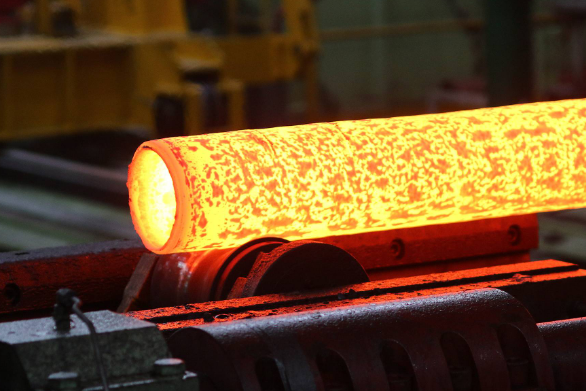How to Prevent Surface Decarburization of Seamless Pipe Products?
The carbon element in the seamless steel tube (smls) has a great influence on its own performance, so when the seamless tube is decarburized, its service life will be greatly reduced, and if the surface of the seamless tube is decarburized If it is not cleaned, the hardness and wear resistance of the surface layer of the seamless pipe will be reduced, and during quenching, cracks will be formed on the surface of the workpiece due to the different volume changes of the inner and outer layers. Therefore, how to prevent the surface decarburization of seamless pipes is a problem that should be paid attention to in the production process.

The atmosphere that causes decarburization on the surface of seamless pipes is mainly oxidizing gases such as oxygen, water vapor, and carbon dioxide. When these oxidizing gases contact the surface of the heated steel wire, oxidation and decarburization occur simultaneously; because the solid-solution carbon in the iron has a relatively large affinity for these gases, the carbon on the surface is removed first. The above-mentioned gases are generally brought in from outside the furnace; the iron oxide scale, rust on the surface of the seamless pipe and the residues on the surface of the steel wire after cold drawing will also decompose after being heated in the furnace and react to generate some oxidizing gases. We can purposely control the atmosphere in the furnace to make it in a reducing state, which can effectively avoid surface decarburization. For example, controlling the ratio of carbon dioxide to carbon monoxide in the furnace, at the equilibrium point, neither oxidation nor decarburization; when the ratio of carbon dioxide exceeds the equilibrium point, oxidation and decarburization will occur; when the ratio is below the equilibrium point, oxidation and decarburization will not occur . The specific value of the equilibrium point should be calculated based on the carbon content and temperature of the iron.
In addition, it is also an effective measure to inject neutral protective nitrogen into the furnace from the seamless tube. At the same time, it can maintain the positive pressure in the furnace, prevent air infiltration, and reduce or avoid decarburization of steel parts.
Go here to learn “How to Prevent Decarburization of Spiral Steel Pipe?”
Steel Fabricators & Manufacturers Steel Tube Manufacturers And Supply Metal Pipes And Fittings Manufacturing And Industrial
